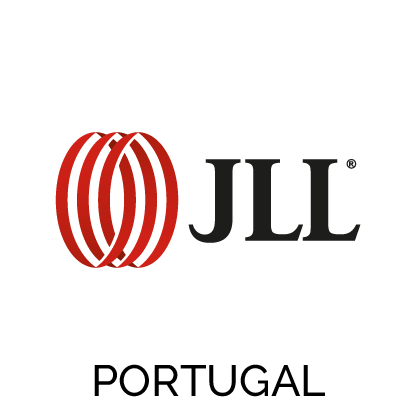This is JLL’s forecast in a new study, "Multifamily – A market on the rise", which revealed that there are several large housing projects already projected which the consultant considers might add around 3.000 new dwellings to the national rental market.
These projects should appear mainly in Lisbon and Porto’s Metropolitan Areas. According to the consultant, in the capital, the Alta de Lisboa and Ajuda axis are the areas with the most potential to host this type of projects, with border areas such as Miraflores, Carnaxide and Algés also being locations of great interest. Almada, Barreiro and Loures are also under the investors’ sights.
This new offer and interest appear after the significant growth in demand for the rental market during the last few years, especially from the middle and low-middle class, who find it hard to gain access to the housing market, «within a context of rising prices and financing restrictions». Young people also represent a significant part of the demand, in particular in terms of first home for rental.
Patrícia Barão, Head of Residential at JLL, identified «a real and latent demand for rental in Lisbon and Porto’s main urban areas, which covers a significant diversity of profiles». And she remarked that «there is a particularly interesting segment, with enormous growth potential in the coming years. Younger people, who currently can find no answers to meet their housing needs and who seek more flexible and accessible solutions, but not only due to financial reasons. Millennials don’t necessarily want to own a house; they want to use a house. That is their chip for almost everything and, thus, they value flexibility and mobility. They will become an important booster for the institutional rental market».
Lack of offer may attract institutional investment
Rental offer in Portugal does not meet all this demand, and that is one of the country’s main arguments to attract institutional investment towards this segment.
In the big cities, offer is currently reduced and pulverized, and it also has low quality, given that a large part of constructions is more than 40 years old and unfit for the demand, both in terms of area and house partitioning as well as in terms of rent values.
Portugal is at an initial stage within this market and is making it a preferential target, the study pointed out. There are many opportunities to launch large scale projects in this area.
An investment solution within a context of great liquidity
At the same time, liquidity in Europe increases as does the trend for investors to focus more on these assets.
This type of assets shows high resilience, especially during the crisis and economic recession, given its versatility in adapting to different uses and its capacity to generate sustained returns on the long-term.
Apart from that, 2019 had already shown a strong dynamic in terms of investment on this segment in Europe, with 52.96 billion euro traded, with countries such as Germany, with 19.43 million euro invested and Denmark, with 6.96 million euro invested, standing out. During the first six months of 2020, Multifamily moved a further 31 billion euro across Europe.
Fernando Ferreira, Head of Capital Markets at JLL, highlighted that «Multifamily represents a type of asset with high resilience in contexts of economic contraction, something that became evident during the pandemic. It provides very interesting and sustainable returns on the long-term, which is something on which investors are very interested in right now. It also has the added advantage of being a segment with a high potential for growth, especially in Portugal, where demand is very strong and the offer almost non-existent».
He further added that «besides that, in a context where there are already very mature markets in Europe, where the average yield is between 2.5% and 3.5%, Portugal has the ability to offer a 4.5% return. Domestically, this rivals the returns offered by the office and high-street segments».
JLL further highlighted as advantages – comparing Portugal to its other European counterparts – competitive acquisition prices, economic, social and political stability, greater stability of returns on investments during crisis periods and the credibility of Portugal as a destination, especially in terms of safety. «All these factors show a clear opportunity to develop a quality product built from scratch for large scale rental in Portugal, especially around the most populated cities of Lisbon and Porto».
«With the proven resilience of the housing market during the pandemic and the liquidity flow present in Europe, there is a growing interest from investors in developing Multifamily products in Portugal. Some projects are already under development and in the coming years, we will have much news around this segment. I would say that in the next five years we might see investment in Multifamily skyrocket to reach 25% of all investment on our market», concluded Fernando Ferreira.





